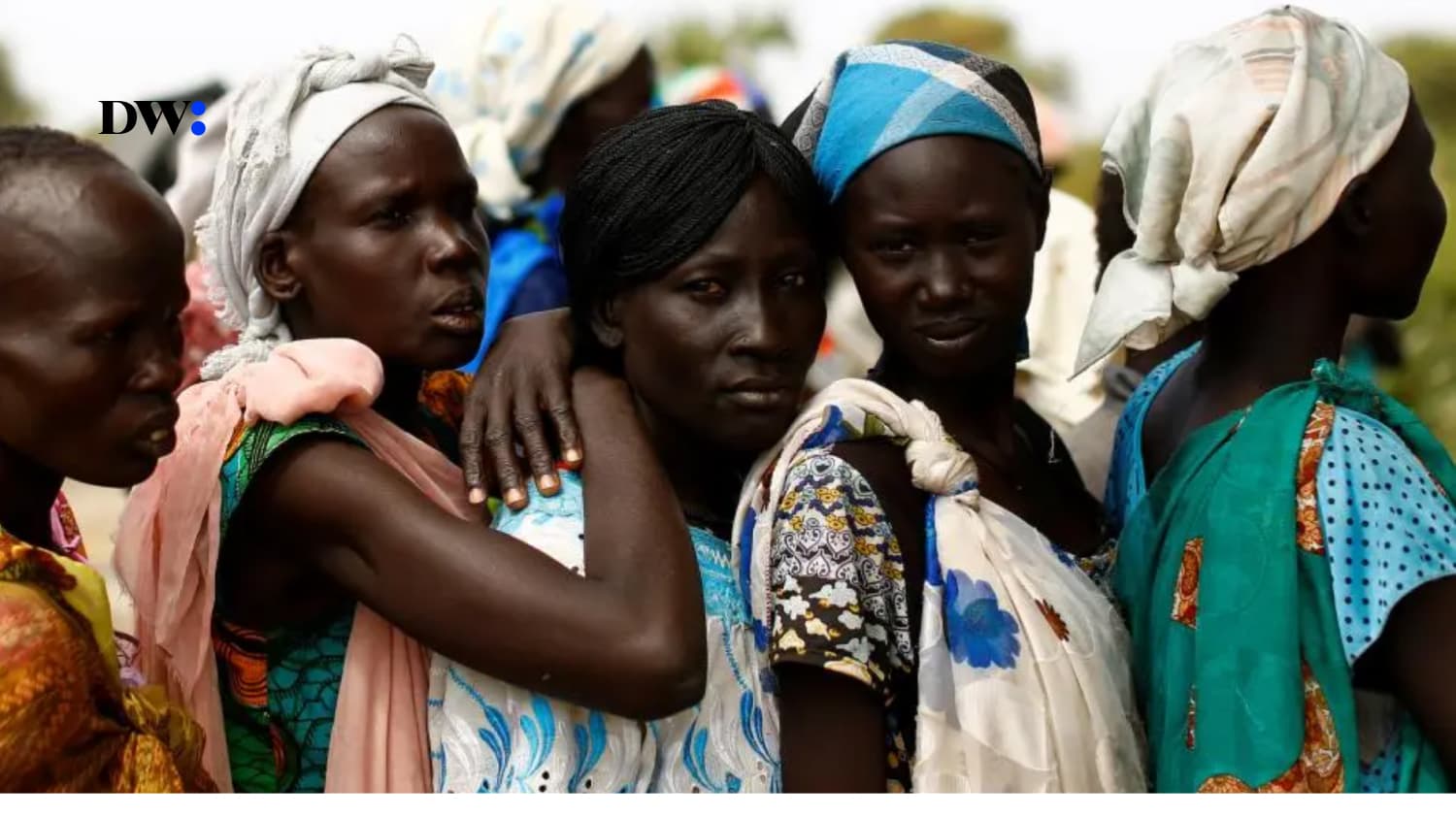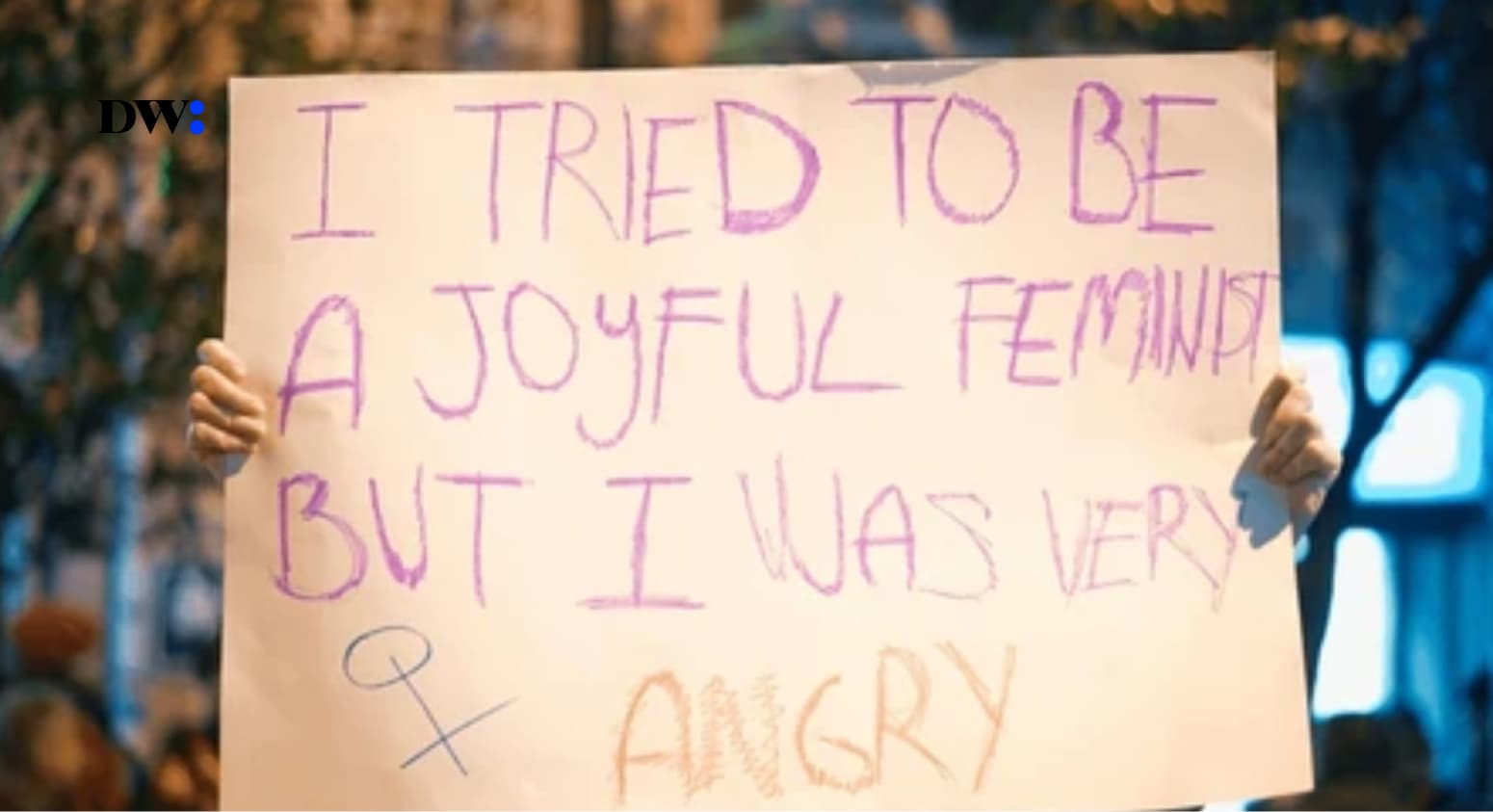It’s been over 16 months of violence and conflict in Sudan which has led to a serious humanitarian crisis and mass displacement. Since the violence first broke out in April 2023, the United Nations reported that the country is facing one of the largest displacement crises in the world.
There are over 10 million people that have been forcibly displaced, 25 million need humanitarian aid including 14 million children, and 37% of the population is also faced with a high level of food insecurity.
In all of this, the population that is most at risk are women and girls. They are at risk of sexual and gender-based violence in their quest to seek food, water and shelter. The UN reports that out of the people displaced, 53% are women and girls and about 6.7 million people are at risk of gender-based violence. They also indicated that intimate partner violence, sexual abuse and trafficking are rapidly increasing.
An in-depth gender assessment conducted by the UN Women was used to shed light on the impact of this crisis on women in Sudan. Here are some insights from the report;
Methodology
Nine war zones, including Khartoum, North Darfur, and South Darfur, where a large number of internally displaced people (IDPs) and refugees have relocated to safer areas, were the sites of the assessment. IDPs and refugees are being received in the Northern states, the Red Sea, the White Nile, Algadaref, Algazira, Blue Nile, and the Northern Sea. In addition to unstructured interviews with the heads of host families and a guide for evaluating shelter conditions, organised interviews and questionnaires were employed in the data collection process.
Demographic
Women make up the majority of internally displaced people (IDPs) in both receiving and combat zones; 39% of IDPs are young women, and 3% are girls, who are frequently the victims of sexual assault. The fact that 33.2% of women are married emphasises the difficulty of raising children in a hostile atmosphere. A quarter of women are unemployed housewives, 12.4% are students, 4.2% are workers, 3.4% are professionals, and 6.4% are small business owners. 4.2% of men are employed, 5.3% are students, and a small percentage are unemployed or pensioners. A month before data collection, a large number of internally displaced people (IDPs) left their homes and used their money to survive in conflict areas. A diverse population were considered in the assessment, including key informants, IDP men and women, as well as different age groups and marital statuses. People with disabilities or long-term diseases received extra consideration, emphasising the necessity of inclusive approaches in humanitarian interventions.
Findings
Survival: The people in the IDPs have adopted various kinds of survival tactics, such as making use of savings, splitting costs with host families, and taking up jobs to earn money. In these tactics, women and girls play an important role often taking on significant risks for the survival of their families.
Security: IDPs face significant security challenges, including forced evictions, dangerous roadways, and harassment. Women and girls are disproportionately vulnerable to rape, harassment, and enforced disappearance. Due to several obstacles, protection measures, such as group outings and transportation, can be difficult to implement.
Basic Amenities: Many IDPs have restricted access to basic amenities such as water and latrines, which pose serious health hazards, particularly for women and girls. Distance, expense, and a lack of specialist treatment all contribute to the difficulties of getting health services.
Humanitarian Aid: IDPs rely heavily on humanitarian aid to survive, yet access to relief supplies and services varies. The situation is further complicated by discriminatory practices in aid distribution, as well as questions about openness and accountability.
Sexual abuse: Sexual assault by aid workers is a particularly serious problem that requires immediate response. Aid workers should be aware not to touch young IDP women during relief distribution, according to key informants and IDP recommendations. However, some IDP men and women reported not knowing about incidents of sexual abuse by aid workers. The notification conveys that GBV occurs in certain shelters but not all.
Gender roles: The conflict has led to a shift in gender roles, with women taking on more leadership and decision-making responsibilities. Women’s participation in community work has increased, providing opportunities for empowerment and skill development.
The UN Women’s in-depth gender assessment report provides a stark and alarming picture of the devastating effects of the Sudan crisis on women and girls. The conflict has created a humanitarian catastrophe, disproportionately impacting the most vulnerable members of society.
The report reveals that women and girls constitute the majority of internally displaced persons, facing heightened risks of sexual and gender-based violence. Despite their resilience and determination to survive, they are confronted with a myriad of challenges, including limited access to necessities, security threats, and discrimination in humanitarian aid distribution.
The assessment also highlights the critical need for gender-sensitive humanitarian interventions. By addressing the specific needs and vulnerabilities of women and girls, it is possible to mitigate the impact of the crisis and promote a more equitable and just recovery.
In conclusion, the Sudan crisis has had a profound and lasting impact on women and girls. The international community and humanitarian organizations must prioritize their needs and implement comprehensive measures to protect their rights and ensure their well-being.





